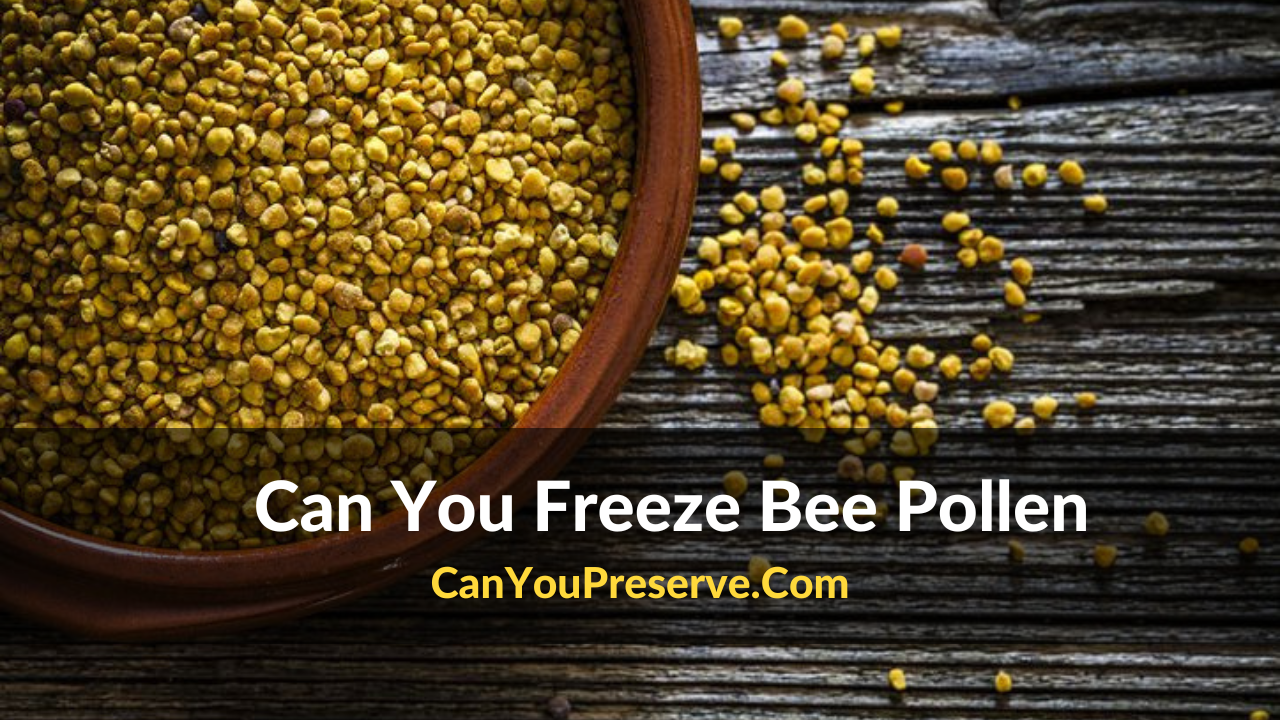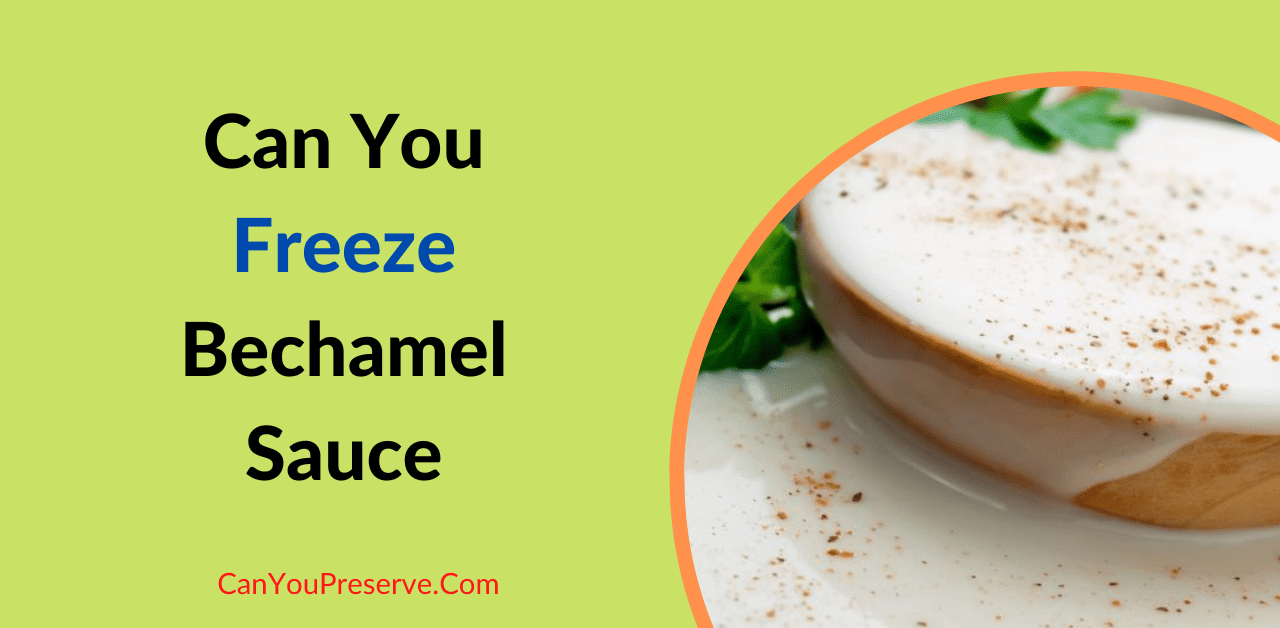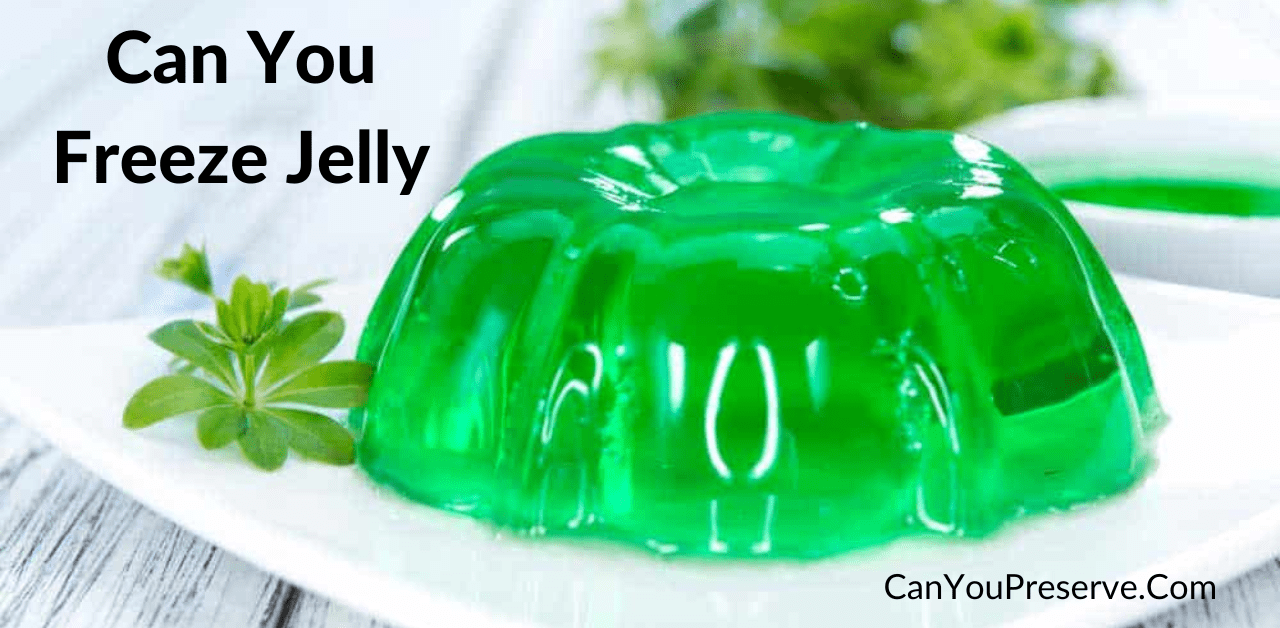Can You Freeze Indian Takeaway?: With so many of us nowadays juggling family life with work, sometimes it is hard to find time to cook a warm, hearty meal. In such scenarios, we just want to take something out of the freezer, thaw it, and eat it. And what could be better than getting a full Indian takeaway dish readily available? So can you freeze Indian takeaway?
Is it a good idea to pre-make some meals or to eat frozen Indian dishes? Let’s find out. Continue reading to find out the best freezing tips, shelf life, and defrosting methods for Indian takeaways.
- Can You Freeze Indian Takeaway?
- How To Freeze Indian Takeaway?
- How Long Can You Freeze Indian Takeaway?
- Does Indian Takeaway Freeze Well?
- How Do You Defrost Indian Takeaway?
- Can You Refreeze Indian Takeaway?
- Can you freeze curry from takeaway?
- Can You Freeze Indian Takeaway Rice?
- Can You Freeze Indian Takeaway Naan Bread?
- Does tikka masala freeze well?
- Does Indian butter chicken freeze well?
- Can you freeze paneer tikka masala takeaway?
- Can I freeze curry and rice together?

Can You Freeze Indian Takeaway?
Yes, you can definitely freeze Indian or any restaurant takeaways. You can freeze most Indian takeaways for up to 1 month, but it also depends on what you’ve ordered. Nearly all curries other than the ones that include potatoes freeze really well, as do rice dishes. The best tip is to freeze your Indian takeaway dishes separately.
There are a few ingredients that don’t do well in the freezer, such as potatoes, chickpeas, and fish. Even if these ingredients can be frozen, they are known to lose their texture once thawed.
However, you need to be a little more careful while storing takeaway food. This is because many restaurants already use frozen masala bases, veggies, and meats to prepare their dishes. So, if you want to freeze any takeaways, you should ask the chef or manager about the use of frozen food in the preparation. If they use any frozen ingredients, you should refrain from storing the dish in the freezer.
How To Freeze Indian Takeaway?
Indian takeaway includes a variety of dishes. However, most of us generally go for some type of curry and a rice dish as standards. If you wish to freeze something of a similar kind, the good news is that it can be frozen.
The first and most important step to follow when you’re freezing Indian takeaway is to allow it to cool before adding it to the freezer bag. Then you should wrap each of the dishes separately. For example, if you’re freezing curry and rice, you should freeze the curry in one container and the rice in the other. This just makes your life so much easier when it comes to defrosting the frozen food.
Always make sure your Indian takeaway is thoroughly wrapped and protected from freezer burn. If you don’t wrap the container tightly, the food might spoil in the freezer. If you follow the above steps properly, you can freeze everything from a vegetable snack to a nonvegetarian chicken dish.
How Long Can You Freeze Indian Takeaway?
You can freeze Indian takeaway for around one month. Homemade curries can typically be frozen for a longer duration than this, but we’d advise you to consume your frozen takeaway within a month or so for the best quality experience.
The reason for the short shelf life is that ice crystals that form during the freezing process can affect the taste and texture of your takeaway, so it’s best to reheat and enjoy it quickly to avoid disappointment.
| Indian takeaway | Shelf Life |
| In the Freezer | About 1 month |
Does Indian Takeaway Freeze Well?
Yes, most Indian takeaways freeze well, however, there are a few ingredients that don’t freeze too well. Here is a short list of Indian dishes that freeze well:
- Lentil Curry (Dal) : including red lentils, green lentils, brown lentils, split peas, chickpeas (chana), etc.
- Vegetable Curry: Cauliflower & Potatoes (Aloo Gobi), Cheese & Potatoes (Aloo Paneer), Spinach & Potatoes (Saag Aloo), Eggplant and Potatoes etc.
- Meat Curry: like Chicken Curry, Lamb Mince Curry, Lamb Curry and Butter Chicken Curry etc.
Remember, if you have used meat that has previously been frozen, then you can’t freeze your meat curry, or for that matter, any other meat dish, as this can lead to food poisoning.
Ingredients that don’t freeze well are:
- Fish – Cooked fish used in any dish does not freeze well because fish flesh breaks up very easily when thawed and reheated. To overcome this, you can reheat fish dishes in the oven, this way, you won’t need to stir or flip the fish.
- Potatoes – Potatoes lose their texture after thawing. If you plan to freeze an Indian dish that contains potatoes, you should cut the potatoes into larger pieces.
- Canned Chickpeas – If you freeze canned chickpeas, they become very soft after being thawed out. If you plan to freeze a curry that contains chickpeas, better use dried chickpeas, they keep their texture much better after being thawed compared to tinned chickpeas.
When it comes to vegetarian Indian food, whether homemade or takeaway, most of them can be frozen easily without loss of texture or flavor. Thus overall, most Indian takeaway dishes freeze well. However, it’s important that you use common sense when freezing Indian takeaway and make sure that you wrap the dishes tightly in order to protect them from freezer burn. If you follow the tips mentioned above, you should be able to freeze Indian takeaway without any issues.
Read More:
How Do You Defrost Indian Takeaway?
To use frozen food first, you will need to defrost the food. Once you’re ready to use your frozen Indian takeaway, it is advised that you thaw it thoroughly in the fridge first. This can take several hours, so it’s best to remove it from the freezer the night before and leave it in the refrigerator overnight.
Let the food reach normal temperature, then you can reheat it in the oven, microwave, or fry pan. Depending on the consistency of the food items, and your preference, you will need to reheat them accordingly. Mind you, you should never thaw Indian takeaway at room temperature, as doing so can cause the ingredients to spoil. When reheating the frozen food, make sure you don’t put the flame on high. The flame should be moderately high so that the frozen food heats up evenly.
Can You Refreeze Indian Takeaway?
No, reheating is not recommended, and you should only freeze Indian takeaway once. As mentioned earlier, freezing Indian takeaway multiple times isn’t a good idea because you can’t be sure of how the ingredients were stored before they reached your plate.
You can keep your leftover Indian takeaway in the fridge for 1-2 days before you need to eat it, so plan accordingly. Keep the frozen food requirement in mind and see if you can enjoy the leftovers within a few days to avoid throwing them out.
To know more about various takeaways including Chinese takeaway feel free to refer to our guide on Can you Freeze Chinese Takeaway and know how to do freezing to keep it fresh and long lasting.
FAQs on Freezing Indian Takeaway
1. Can you freeze curry from takeaway?
Yes, you can definitely freeze curry for up to 3 months. Regardless of whether or not your curry contains meat, it will freeze well, given that it has been well-wrapped and protected from freezer burn. Also, both homemade and takeaway curries freeze well.
2. Can You Freeze Indian Takeaway Rice?
Yes, you can surely freeze Indian takeaway rice. The important thing to ensure before freezing rice is that it isn’t left sitting out at room temperature for an extended period of time.
3. Can You Freeze Indian Takeaway Naan Bread?
Yes, you can freeze naan from any Indian takeaway restaurant. Wrap each naan in a sheet of foil and then place it in a freezer safe bag before popping it into the freezer.
4. Does tikka masala freeze well?
Luckily, the chicken tikka masala that has a tomato base freezes beautifully! It’ll last in the freezer for some months in airtight glass containers or Ziploc bags. When you’re ready to eat this dish, just remove it from the freezer and let it defrost overnight in the fridge. Then, enjoy!
5. Does Indian butter chicken freeze well?
Yes, Indian butter chicken freezes well. Luckily, you can freeze it in an airtight container for up to 3 months. Then when ready to eat you can reheat butter chicken easily on a frying pan or in the microwave.
6. Can you freeze paneer tikka masala takeaway?
Yes, you can freeze paneer tikka masala. When properly stored in a freezer-safe container, paneer tikka masala can be frozen for up to 3 months. You should thaw it overnight in the fridge before warming it. Then to reheat, gently warm paneer tikka masala on the stovetop over low heat until heated through.
7. Can I freeze curry and rice together?
Curries freeze beautifully. Once cooked, you can freeze curries in bulk or in individual portions with rice. You can make them in a large batch, either in a saucepan on the stove or in a slow cooker, and then add them to rice. While they are defrosting, you can bulk them out with boiled potatoes and other vegetables.
Wrapping Up
Although you can certainly store and freeze Indian takeaway, it always tastes better when it’s served fresh. The deliciousness of fresh ingredients is one of the most important parts of Indian cuisine. Therefore, you should strive to consume Indian food as fresh as possible. And if you don’t want to throw away the leftover food items, you should definitely consider freezing them for a few days or weeks.
The above tips will guide you in the proper freezing process for Indian takeaway food. If you’ve still got any queries, do leave us a comment below. Keep following our website for the articles like Can You Freeze Burritos and others all in one place.








